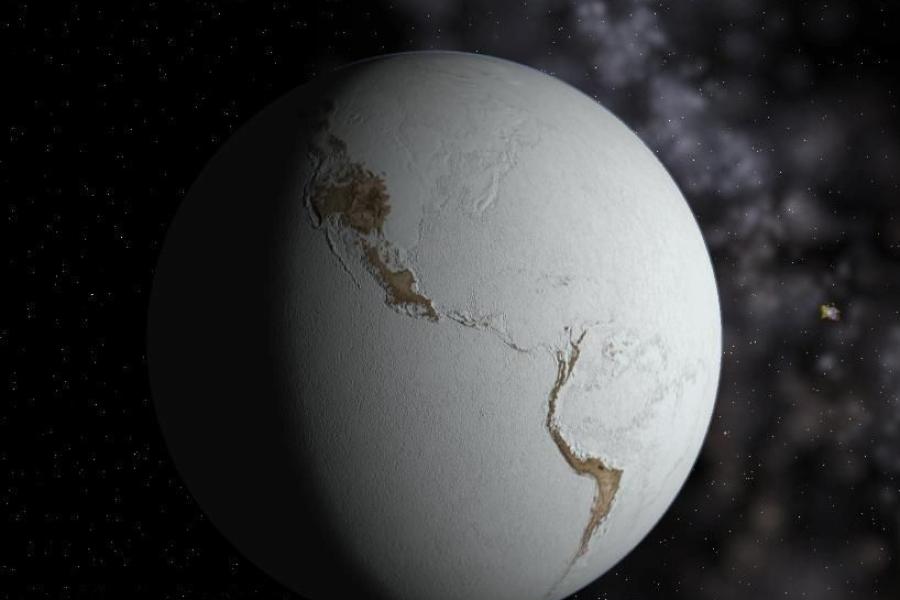The study involving scientist from Bangor University (UK), University of Lisbon (Portugal), and Oregon State University and Northwestern University (USA), is the first to explore the details of the ocean’s tide, 715-635 million years ago, at a time when the Earth may have been home to near-global and prolonged glaciations lasting millions of years.
Using reconstructions of what Earth looked like at the time in a numerical tidal model, the team showed that during the ice ages, the tides were usually weak – only 10-20% of present day values – whereas when Earth was ice free, the tides were approximately half as energetic as on Earth today.
Dr Mattias Green of Bangor University’s School of Ocean Sciences and one of the authors of the paper explained:
“The energy pumped into the ocean by the tide is a key driver of other Earth system processes, including parts of the climate regulating ocean circulation and as a mechanism to melt the underside of floating ice. The lack of tidal energy may therefore have been one process leading to the very long duration of the glaciations.
“The research pushes back the limits for our understanding of the tides, providing the first explicit estimate of tidal energetics during the period, the team has opened doors for further investigations into a very different time in Earth’s history.”






